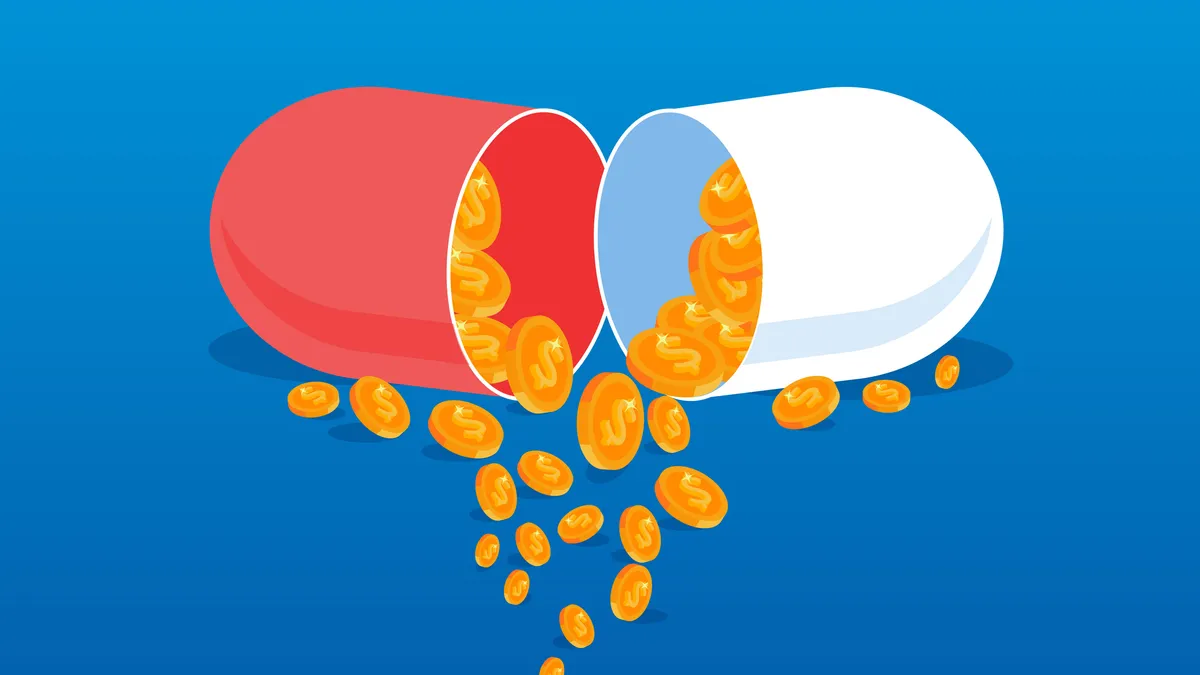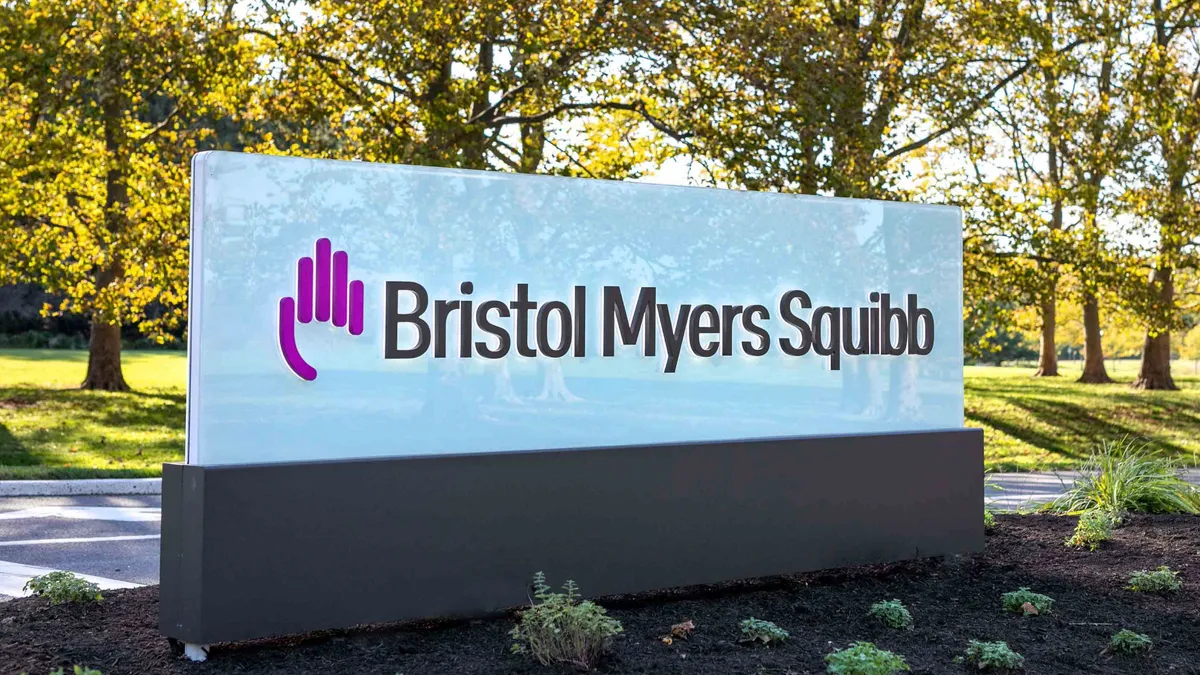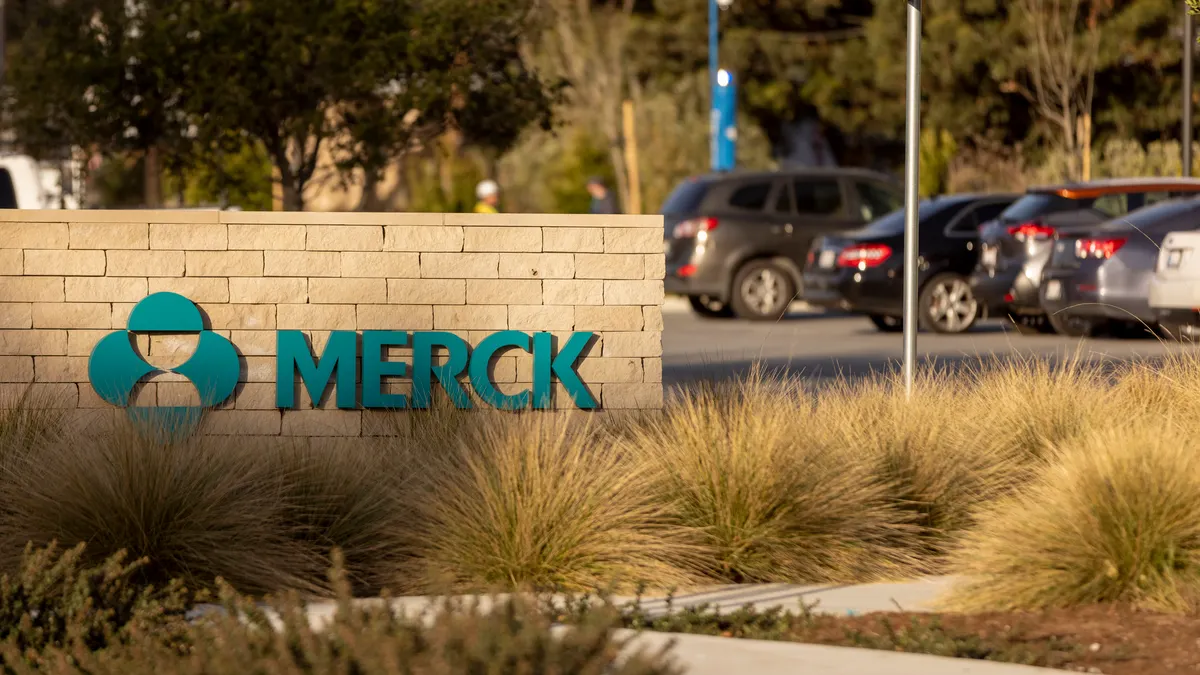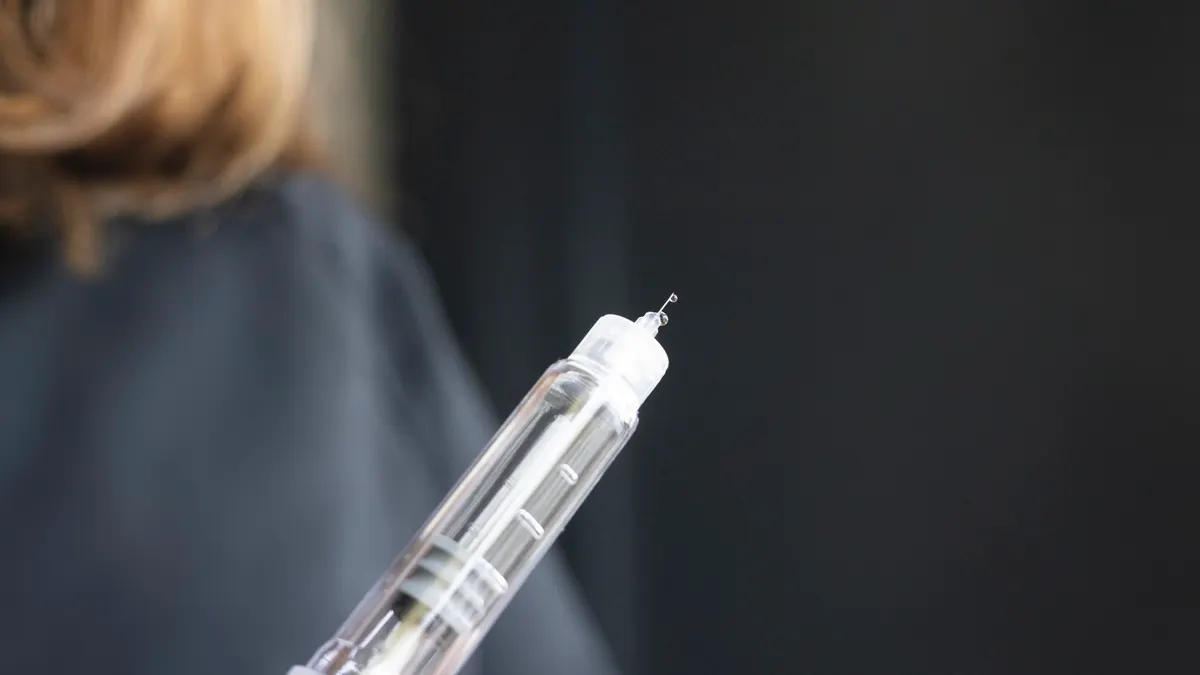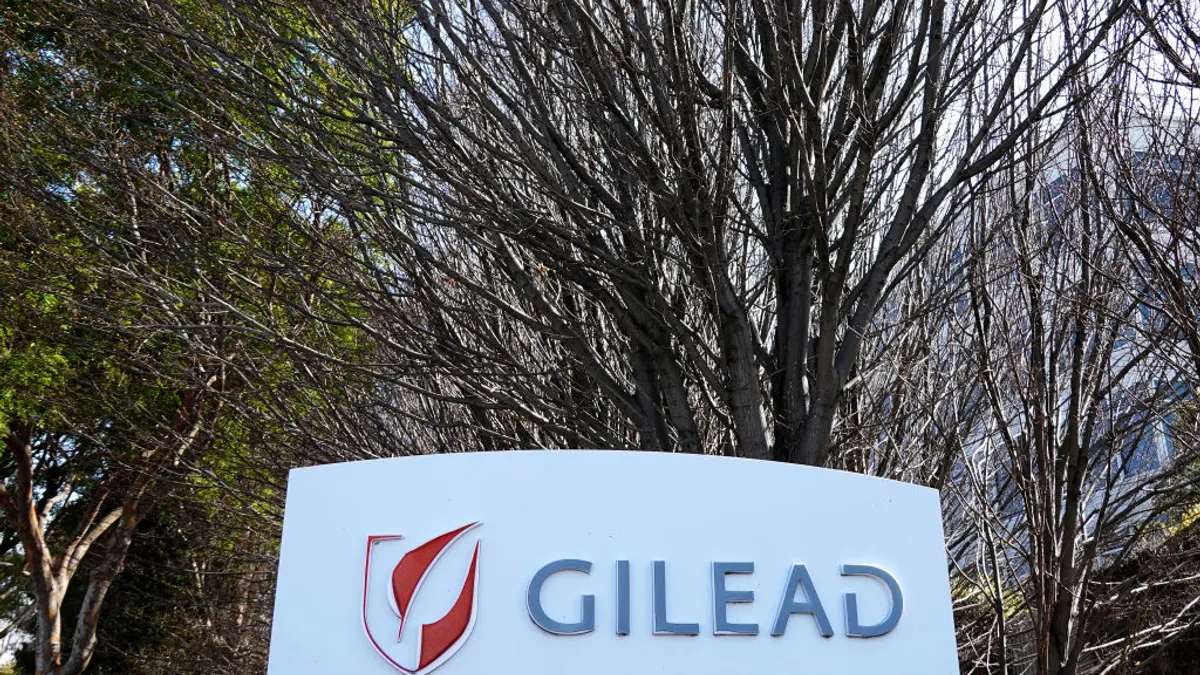When sales of the stomach acid-blocking drug Tagamet hit the billion-dollar mark in 1986, it became the first blockbuster drug on a list that, decades later, has continued to grow.
In 2023, pharma’s biggest blockbusters included Merck & Co.’s Keytruda, Pfizer and BioNTech’s COVID-19 vaccine Comirnaty and AbbVie’s powerhouse Humira. However, whether some of those drugs will still top the list next year remains to be seen.
“While this list [of top-selling drugs] is generally fairly static from year to year, just three of the current top 10 drugs will remain among the highest sellers by 2028,” Daniel Chancellor, thought leadership director for Citeline, predicted.
COVID-related drugs such as Comirnaty, are seeing a decline in revenues as the public increasingly aims to put the pandemic behind them. This may force the Pfizer vaccine out of the top 10 in 2024, according to data from Evaluate.
Humira, the best-selling drug of all time, may meet a similar fate in the face of increasing revenue challenges as it, like other blockbuster drugs, heads off the patent cliff and cheaper, copycat biosimilar drugs make their way onto the market.
But while some current top 10 drugs will see their fortunes sink, others will move up the ranks, including not only in the fast-growing GLP-1 class of obesity meds, but also maturing big brands, such as Darzalex, Jardiance, Gardasil and Skyrizi, which will all likely gain upward mobility by 2028.
“We are seeing a lot of label expansions to keep things in blockbuster status, especially within oncology. As for areas that we will see blockbusters, NASH, and obesity and related comorbidities, will garner a lot of revenue in the coming few years due to large patient populations and unmet need,” said Sara LaFever, executive director for Citeline.
There are more than a dozen other drugs that Citeline experts think may have the chops to achieve blockbuster status.
2024’s blockbuster contenders
Among the up-and-coming blockbusters is Eli Lilly’s Zepbound, a GLP-1 agonist the FDA approved in November, Chancellor said. Other GLP-1 agonists, such as Novo Nordisk’s Wegovy have already seen meteoric success. The most optimistic estimates see the market for these drugs reaching $200 billion by 2030 with Zepbound alone expected to hit $2.1 billion in 2024, Chancellor said.
Another drug expected to cross over into blockbuster territory in the upcoming year is Elevidys, the first marketed gene therapy for Duchenne muscular dystrophy, which experts anticipate will bring in sales of $1.4 billion, according to Chancellor. The drug faced a setback in October when topline results revealed that the Sarepta drug failed to meet its primary goal in the pivotal phase 3 study. Even so, company officials are working with the FDA on a label expansion for all age groups and are hopeful the drug will deliver improvements for the devastating muscle-wasting disorder.
In oncology, eyes are on Jazz Pharmaceuticals’s zanidatamab, a next-generation HER2 antibody to treat biliary tract cancer, which the company is also exploring for breast cancer and other HER2-positive tumors. Citeline says the drug has the potential to hit sales of $2 billion annually.
Another is the Novartis drug, Kisqali, which is hoping to gain approval to prevent HR+/HER2- breast cancer recurrence. The drug showed the ability to reduce the risk of cancer coming back by 25.2% compared to endocrine therapy alone.
Other drugs on the radar are zolbetuximab, a first-in-class monoclonal antibody from Astellas Pharma that targets gastric cancers, and the Novartis drug, Pluvicto, approved in 2022 for pretreated metastatic castration-resistant prostate cancer (mCRPC) patients. The company is now looking to expand Pluvicto’s indications to include metastatic hormone-sensitive prostate cancer (mHSPC), a much larger target group, which could substantially increase profits, according to Citeline experts.
Outside of the oncology space, Madrigal Pharmaceuticals is looking to gain approval in 2024 for its drug resmetirom, now in phase 3. If it succeeds, it could become the first therapy ever approved in the US for nonalcoholic steatohepatitis (NASH), a market with a substantial amount of unmet need that could give the drug blockbuster potential, if it can price the drug right, according to Citeline.
Other contenders are UCB’s psoriasis drug Bimzelx, which the FDA approved in October, Idorsia’s resistant systemic hypertension drug, aprocitentan, that it recently reacquired the rights to from Janssen for $343 million, and Merck & Co’s pulmonary hypertension drug, sotatercept, which it acquired from Acceleron Pharma.
The broader blockbuster outlook
While there are many blockbuster drugs on the market and poised to enter it, the overall pharma landscape is shifting toward precision medicine and rare diseases. However, this doesn’t mean companies aren’t still going to be banking on billion-dollar sellers, even as target populations for some drugs shrink, LaFever said.
“Rare disease drugs will still be blockbusters, mostly because their price points will be extremely high, despite a smaller patient population, so many of them could reach that blockbuster status as long as they are first to market,” said LaFever.
While the market is shifting, it will be years before those changes likely show up in the data.
“The best-selling drugs getting smaller may become apparent in the future, but certainly there is no visible effect in the data to 2028,” Chancellor said.
That’s not to say that the push to bring billion-dollar drugs to market won’t face some strong headwinds.
“Regulation such as the Inflation Reduction Act (IRA) will dampen the kind of prolonged investment over a 10- to 15-plus year time frame that has resulted in drugs like Humira and Keytruda in the past,” Chancellor said.
The IRA allows Medicare to negotiate drug prices to help make medications more affordable for consumers, but it will likely put the squeeze on industry profit margins.
“The goal for pharma is always to develop drugs with the greatest commercial potential, and there isn’t a shift away from such high-performing drugs per se. A soundbite from Novartis’s recent R&D day is illustrative, they are only interested in progressing drugs with a total potential market of at least $2 billion, and in indications where they can achieve $500 million,” Chancellor said.


